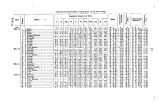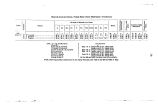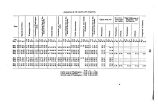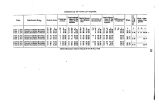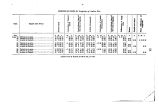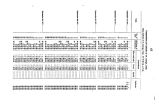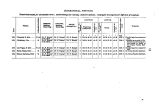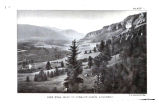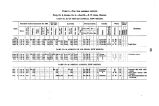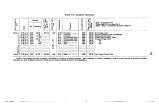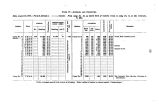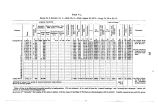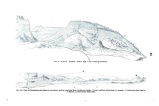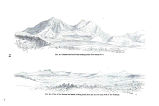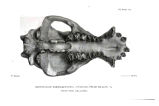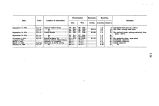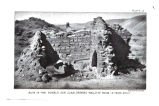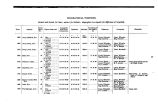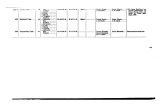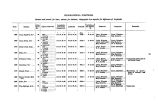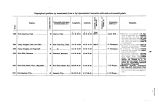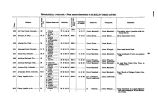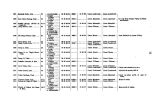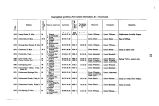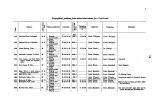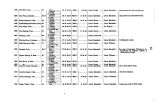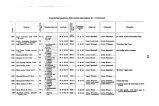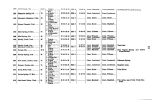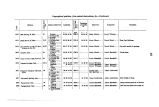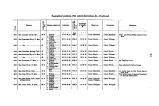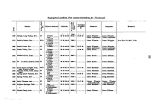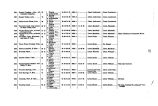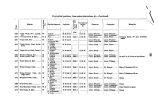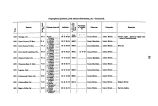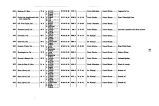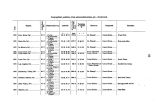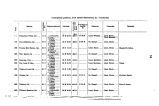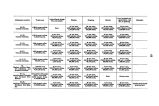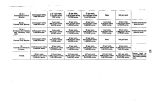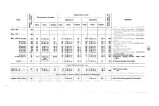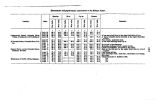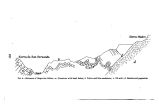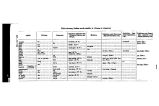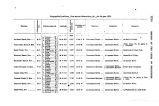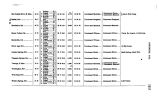| OCR Text |
3U0 ORTHOPTERA. Caloptenns spretus, Uhl. \ Pezotettix Marshall it, 1 Pezotettix stupefacta, Scudd., new species, i Platyphyma montana, ' Anabrus coloradus, Thorn. ' Gomphocerus Carpentei ARANEINA. Attoidfe, 1 species. I Thomisoidae, 2 species. Drassoidre, 5 species. Lycosoidie, 14 species. Theridoidie, 1 species. MOLLUSC A. Isthania simplex. Gonld. | Lonites nitidus, Miill. MYRIOPODA. Lithobinus Americanus, Newport. APPENDIX H. 12. NOTES ON THE M IMMALS TAKEN AND OBSERVED IN CALIFORNIA HENSHAW. FELIDJE. 1. Felis concolor, L.- Cougar; American Panther. This formidable Cat appears to have disappeared almost entirely f more thickly settled districts, and is fonnd now only in the heavily- t the deep mountains. In winter only, and when the deep snows have r its usual methods of obtaining food, does it descend from its mount make known its presence by its depredations on the farmer and ran< CANID^ L 2. Canis la trans, Say.- Coyote; Prairie Wolf. The persistent efforts of sheep- raisers and farmers have resulted plete extermination of this animal from many parts of California. ( were met with by our parties during the past season. As its nan rather exclusive inhabitant of the plains and lowlands. The mount quently visited by them in summer; they there finding, perhaps, 1 court during the season of reproduction, as well as a greater abnndj 3. Urocyon tinereo- argentatus, ( Screb.) Cones.- Gray Fox. A fine female of this species was shot by Dr. Rothrock near Wal was the only specimen secured, though they were seen with sufficient rant the statement that they are numerous in Southern Califor Coyotes, strychnine administered by the sheep- herders has reduced ( materially. They inhabit the wild mountainous districts, which a woodland being more essential to the mode of life of this fox than the family. No. 719 Sex. 9 ad. Locality. Walker a Basin, Cal Date. Aug. 27,187 4. Urocyon vinerco- argentaltts^ ( Screb.) Cones, var. Hf/ erato, itaird,- I ThU, the Hinalieat of our North American Foxes, was brought QftturjUifitJ* through fcpeoimpuH obtains! by Lieutenant Trowbridg $ » n Mi£ 11* 1, ort the coiuit of California. Though noticing the mark* externa) a Hindrance when compared with the common Gray FON ( IF most anthunO, Professor Baird vet t- rt* Atod the present animal a « though in hi* article in vol. Vlil, Pacific Railroad Ru|> ort, he^ xpi |



































